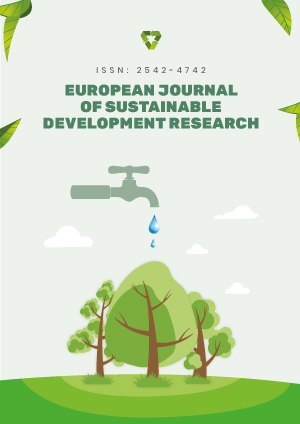Abstract
The temperature of the surrounding air affects a gas turbine’s (GT) performance and sustainability. Besides, to prolong the active life of a GT and thus its sustainability, the energy analysis of the operating parameters of the GT should be well understood. A power augmentation technique for GTs, turbine inlet air cooling lowers the temperature of the turbine’s incoming air, increasing the machine’s power output, heat rate (HR), and sustainability. For two years (2021 and 2022), the energy analysis of the three 2.5 MW GT generators was carried out utilizing mean values calculated monthly and a daily average data operational variable. The total efficiency, thermal efficiency, thermal power, HR, specific fuel consumption, and work ratio (WR) were all statistically evaluated using thermodynamic equations. The average overall efficiency, average thermal efficiency, average HR, average thermal power, average specific consumption, and average WR of a three-unit 2.5 MW GT generator were 15.99%, 16.68%, 22,620 kW, 5,185 kW, 0.4714 kg/kW-h, and 0.4598, respectively, based on the GT results. The WR decreases as the compressor inlet temperature increases, demonstrating that GT generators are vulnerable to significant irreversibility at high compressor inlet temperatures.
License
This is an open access article distributed under the Creative Commons Attribution License which permits unrestricted use, distribution, and reproduction in any medium, provided the original work is properly cited.
Article Type: Research Article
EUR J SUSTAIN DEV RES, Volume 9, Issue 3, 2025, Article No: em0300
https://doi.org/10.29333/ejosdr/16344
Publication date: 01 Jul 2025
Online publication date: 06 May 2025
Article Views: 1117
Article Downloads: 763
Open Access References How to cite this article
 Full Text (PDF)
Full Text (PDF)